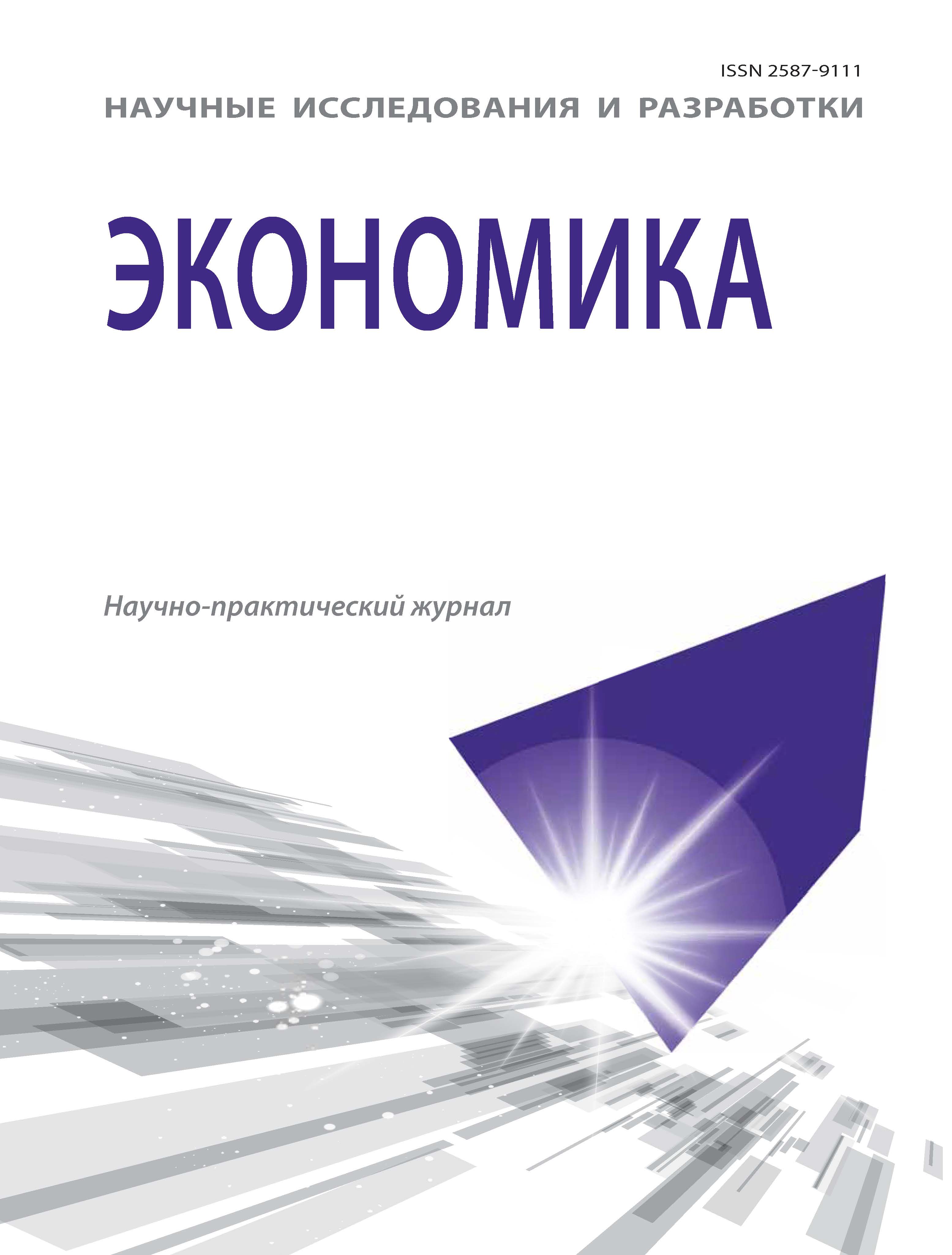Tula, Tula, Russian Federation
Tula, Tula, Russian Federation
The work makes an attempt to identify the influence of regional socio-economic factors on demographic processes in modern Russia. The influence of these factors on the birth rate in the regions of Russia was assessed. The possible influence of regional factors on fertility was assessed by identifying the correlation between fertility rates in the region and regional economic and socio-economic indicators. The results obtained indicate that the influence of the average per capita monetary income of the population, the median per capita monetary income, income from business activities, the average level of education of the employed population, and the availability of medical care on the birth rate is unlikely. It is likely and possible that social payments, other cash receipts, and income in the group of 20% of the population with the highest per capita income will have a positive impact on the birth rate, as well as the spread of higher, secondary and basic general education among the employed population. It is likely and possible that wages, property income, and income will have a negative impact on the birth rate in all groups of 20% of the population, except for the group with the highest incomes, and it is also possible that the spread of secondary vocational education among the employed population will have a negative impact on the birth rate.
fertility, income, structure, human capital, correlation, probability
1. Wood J., Neels K., Vergauwen J. Economic and Institutional Context and Second Births in Seven European Countries. Population Research and Policy Review. 2016. Vol. 35, issue 3. Pp. 305-325. https://doi.org/10.1007/s11113-016-9389-x
2. Matysiak A., Szalma I. Effets des politiques de congé parental sur les deuxièmes naissances et l’emploi des femmes en Hongrie et en Pologne. Population. 2014. Vol. 69. Pp. 659-698. https://doi.org/10.3917/popu.1404.0659
3. Stanczyk A. B. The Dynamics of U.S. Household Economic Circumstances Around a Birth // Demography. 2020. Vol. 57, issue 4. Pp. 1271-1296. https://doi.org/10.1007/s13524-020-00897-1
4. Cowan S. K., Douds K. W. Examining the Effects of a Universal Cash Transfer on Fertility. Social Forces. 2022. Vol. 101, issue 2. Pp. 1003-1030. https://doi.org/10.1093/sf/soac013
5. Kristensen A. P., Lappegård T. Unemployment and Fertility: The Relationship be-tween Individual and Aggregated Unemployment and Fertility During 1994-2014 in Norway. Demographic Research. 2022. Vol. 46. Pp. 1037-1064. https://doi.org/10.4054/DemRes.2022.46.35
6. Behrman J., Gonalons-Pons P. Women’s Employment and Fertility in a Global Per-spective (1960-2015). Demographic Research. 2020; 43: 707-744. https://doi.org/10.4054/DemRes.2020.43.25
7. Kumo K. Does the probability of having a child depend on the level of well-being and its subjective perception in Russian households: in search of answers to eternal questions. Demographic Review, 2023, 10(1), 44-78. https://doi.org/10.17323/demreview.v10i1.17260 (in Russian).
8. Ketova K.V., Vavilova D.D., Cherepanova A.S. [Econometric modeling of the ma-ternity capital factor effect on the birth rate in the region]. Intellektual'nye sistemy v proizvodstve. 2023, vol. 21, no. 2, pp. 58-68 DOI:https://doi.org/10.22213/2410-9304-2023-2-58-68. (in Russian).
9. Alekhin B.I. Fertility and Female Unemployment in Russian Regions. Prostranstvennaya Ekonomika = Spatial Economics, 2023, vol. 19, no. 1, pp. 20-51. https://dx.doi.org/10.14530/se.2023.1.020-051 (In Russian)
10. Basovskiy L.E., Basovskaya E.N. Postindustrial’nye uklady v jekonomike Rossii [Post-industrial structures in the Russian economy]. Moscow, INFRA-M Publ., 2017. 159 p. (in Russian)






